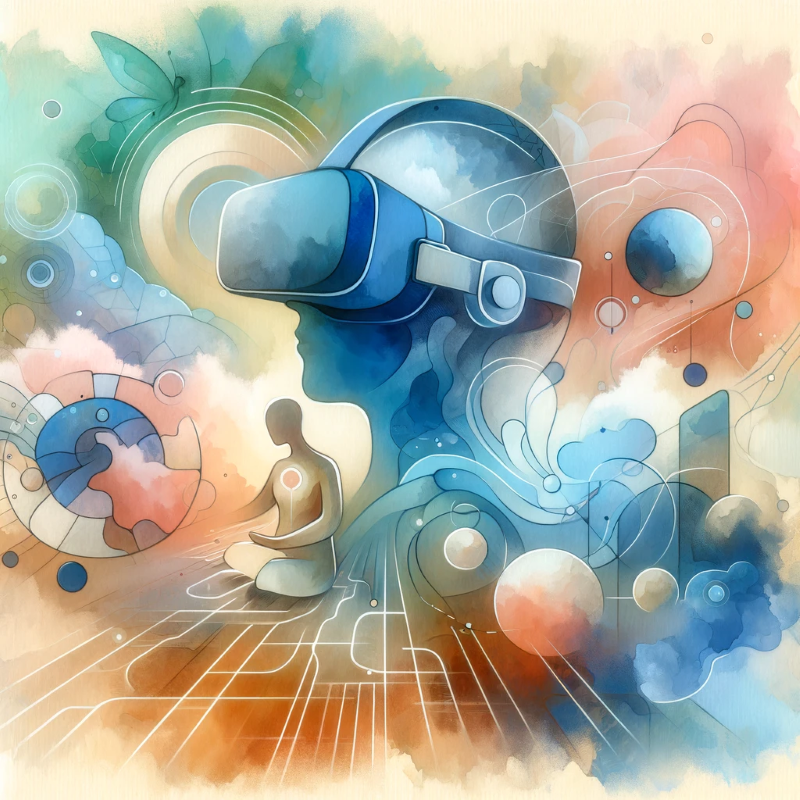Parkinson’s VR Hallucination Study

Introduction to Parkinson’s Hallucinations Parkinson’s disease (PD) is widely recognized for its motor symptoms, yet it also manifests in complex non-motor symptoms, notably hallucinations. These hallucinations, particularly presence hallucinations, pose significant challenges in both diagnosis and management.
Virtual Reality as a Diagnostic Tool Recent advancements in technology have led to the utilization of virtual reality (VR) and robotics in medical research. These tools offer a groundbreaking way to simulate and study the hallucinatory experiences of PD patients, providing insights far beyond what traditional self-reporting methods can capture.
Innovative Research Findings A pioneering study detailed in the document “Numerosity estimation of virtual humans as a digital-robotic marker for hallucinations in Parkinson’s disease” utilized immersive VR to induce and measure presence hallucinations. This study confirmed that PD patients often overestimate the number of virtual human agents, revealing a direct correlation with the hallucinatory symptoms of the disease.
Methodology of the Study The research utilized a VR system combined with a robotic interface to create an immersive environment where participants estimate the number of virtual humans. This setup aimed to simulate presence hallucinations, providing a measurable outcome that correlates with the participants’ experiences.
Clinical Relevance The ability to quantify hallucinations accurately is a significant advancement in PD research. Hallucinations in PD are not only prevalent but also indicative of disease progression, associated with more severe conditions like dementia and cognitive decline.
Online Adaptation for Wider Reach Importantly, the study extended its methodology to an online platform, enabling PD patients to participate from their homes. This adaptation ensures that the benefits of this research reach a broader audience, particularly benefiting those far from medical centers.
Implications for Patient Care This methodological innovation represents a substantial step forward in the remote monitoring and assessment of PD symptoms. By enabling accurate, remote quantification of hallucinations, it provides a tool for better understanding the disease’s progression and the effectiveness of treatments.
Conclusion The integration of VR and robotics in PD research opens new avenues for understanding and managing the disease’s complex symptoms. This novel approach not only enhances diagnostic accuracy but also improves the accessibility of PD symptom monitoring.
SEO Keywords: Parkinson’s disease, virtual reality, hallucinations, robotics, symptom monitoring, cognitive decline, online assessment, remote monitoring, PD research, VR technology, disease progression, patient care, immersive technology, neurological disorders, digital health, presence hallucinations, quantitative analysis, medical innovation, clinical relevance, home-based monitoring.
AI-generated medical content is not a substitute for professional medical advice or diagnosis; I hope you found this blog post informative and interesting. www.parkiesunite.com by Parkie
SEO Keywords: Parkinson’s VR study, hallucination monitoring, remote PD assessment, virtual diagnostics, neurological innovation
DALL-E Prompt: Create a watercolor image of a serene and abstract representation of the virtual reality world, with soft pastel colors, depicting elements like VR headset, digital human figures, and abstract shapes to symbolize the blend of technology and human perception.